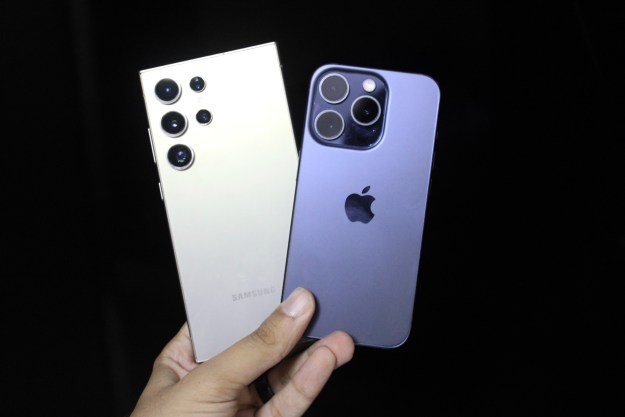The App Library is one of iOS 14‘s most useful features. It’s basically a drawer for all of your iPhone’s apps, tucked away after the last page of the home screen. This doesn’t sound particularly revolutionary on its own, but what it means is that you can remove apps from your home screen, resting safe in the knowledge that they’ll still be discoverable via the App Library. This is great if there are a bunch of apps you hardly ever use since moving them to the App Library will mean that you can tidy up your home screen and display only the apps you really need.
In celebration of this helpful feature, we explain how to use iOS 14’s App Library. We detail how to remove apps from your home screen and then find them in the App Library. We also explain how to return apps from your App Library to the home screen, how to delete apps permanently from the App Library, and also how to change the default location of downloaded apps.
How to use iOS 14’s App Library
Even before you remove apps from your home screen, you can still use iOS 14’s App Library to find every app on your iPhone. To access the App Library, swipe beyond the very last page of the home screen.
The App Library displays all of your apps, so you can scroll down to find the one you’re looking for. Alternatively, you can simply tap the App Library search bar and then start typing the name of the app. The App Library will present apps before you finish typing an app’s complete name.
How to remove apps from the home screen (and find them in iOS 14’s App Library)
On its own, the App Library doesn’t make a massive difference, since even before iOS 14 you could search for apps by swiping down from the middle of the home screen. However, the App Library lets you remove apps from your home screen, since before iOS 14, you couldn’t do this without deleting apps altogether.
You can remove apps from your home screen by doing the following:
Step 1: Tap and hold on the app you want to remove. Once the Edit sub-menu appears, tap Remove App.
Step 2: Tap Move to App Library.
Repeat this process for any other apps you want to relegate from the home screen to the App Library. Once you’ve finished removing apps in this way, you can still find the moved apps in the App Library.
To do this, simply swipe past the final page of the home screen. As above, either scroll down to find the desired app, or find it via the App Library search bar.
How to move apps from the App Library back to the home screen
Let’s assume you want to move an app from your App Library back to the home screen. Here’s what you do:
Step 1: Swipe to the App Library. Scroll down and find the app you want to return to the home screen (you can also find it via the App Library search bar). Tap and hold it, until the sub-menu appears.
Step 2: Tap Add to home Screen.
It’s as simple as that, and obviously you can repeat this process to add as many apps as you’d like.
You can also delete apps from your iPhone using the App Library. Again, find the desired app in the Library, tap and hold on it, and then tap Delete App.
Changing where newly downloaded apps are located
One last thing: You can also change your iPhone’s settings so that apps you download from the App Store get sent to the App Library, rather than to your home screen. To do this, simply go to Settings > Home Screen. From there, choose either Add to Home Screen or App Library Only.
Editors' Recommendations
- iOS 18 has a hidden feature you’ll only see when your iPhone battery dies
- Will my iPhone get iOS 18? Here’s every supported model
- iOS 18 is official. Here’s how it’s going to change your iPhone forever
- Here’s how iOS 18 will make iMessage better than ever
- Here’s how iOS 18 is going to overhaul your iPhone’s email app










